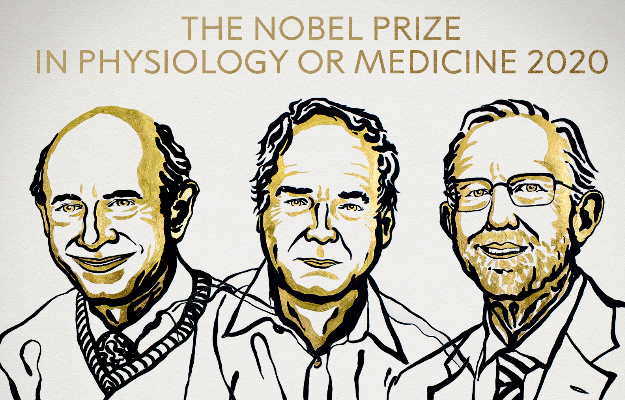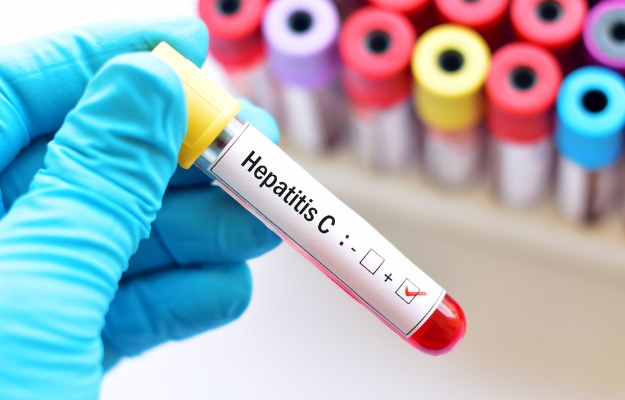The Nobel Prize for Medicine 2020 celebrates three scientists who in the 20th century discovered a new virus: the hepatitis C virus.
At a time when we are all keenly aware of the implications of a new virus, the Nobel Prize for Harvey J. Alter, Michael Houghton and Charles M. Rice is a reminder to trust in the scientific process—only after these scientists identified hepatitis C, could the blood test and antiviral medicines for this blood-borne disease be devised. Their discovery even helped to make blood transfusions safer.
(The new virus mentioned above is, of course, severe acute respiratory syndrome coronavirus 2 or SARS-CoV-2, which causes COVID-19.)
Hepatitis C is the deadliest form of hepatitis—a viral infection that starts out as inflammation in the liver. Here are a few things that everyone should know about hepatitis:
- Hepatitis C can cause both acute and chronic hepatitis.
- Three out of 10 people who get hepatitis C infection, get better on their own within six months. The remaining seven develop chronic hepatitis C.
- Chronic hepatitis C can cause liver cirrhosis. According to the World Health Organization (WHO), it is also a “major cause of liver cancer” (hepatocellular carcinoma).
- The symptoms of hepatitis C include fever, fatigue, nausea and vomiting, dark urine and clay-coloured stool.
- Chronic hepatitis C may also present with joint pain, muscle pain, brain fog (inability to remember clearly), anxiety, mood swings and depression.
- The symptoms can appear anywhere from two weeks to six months after contracting the virus.
- WHO data show that around 71 million people have chronic hepatitis C virus infection worldwide.
- WHO estimates put the death toll of hepatitis C at about 3.99 lakh people in 2016. Most of these people died from cirrhosis—an advanced stage of liver scarring or fibrosis—and liver cancer.
- Hepatitis C can spread by sharing needles and medical equipment that hasn’t been sterilised properly. Transfusion of blood and blood products that have not been tested for this virus and unsafe sex where there is exposure to blood are also risk factors.
- Though there is no effective vaccine for hepatitis C yet, 95 out of 100 cases of hepatitis C can be treated with antiviral medicines provided the patient gets a timely diagnosis and has access to medications.
- Hepatitis C does not spread through “breast milk, food, water or casual contact such as hugging, kissing and sharing food or drinks with an infected person”, according to the WHO.
- Finally, about the discovery of hepatitis C:
- The work to identify the hepatitis C virus began in the 1970s.
- Harvey J. Alter and his colleagues showed that there was a mystery “non-A, non-B” hepatitis that was causing sickness in people who received blood transfusions.
- Michael Houghton and his team painstakingly isolated the genome of the hepatitis C virus.
- And Charles M. Rice showed that the virus could replicate and cause disease in humans.
- To put this in perspective: Houghton and his team took many months to work out the genome for the hepatitis C virus using DNA strands taken from infected chimpanzees and antibodies from human sera. By comparison, the full genome sequence for SARS-CoV-2, the virus that causes COVID-19, was available by January 2020—about a month after the first cases of the illness were reported to the WHO.
Harvey J. Alter is associated with the US National Institutes of Health. Michael Houghton, who worked with a pharmaceutical company when he cracked the hepatitis C genome sequence, is now associated with the University of Alberta, Edmonton, Canada. And Charles M. Rice is now with the Rockefeller University in New York, US. Their discovery of the hepatitis C virus is being awarded as "a landmark achievement in the ongoing battle against viral diseases".












